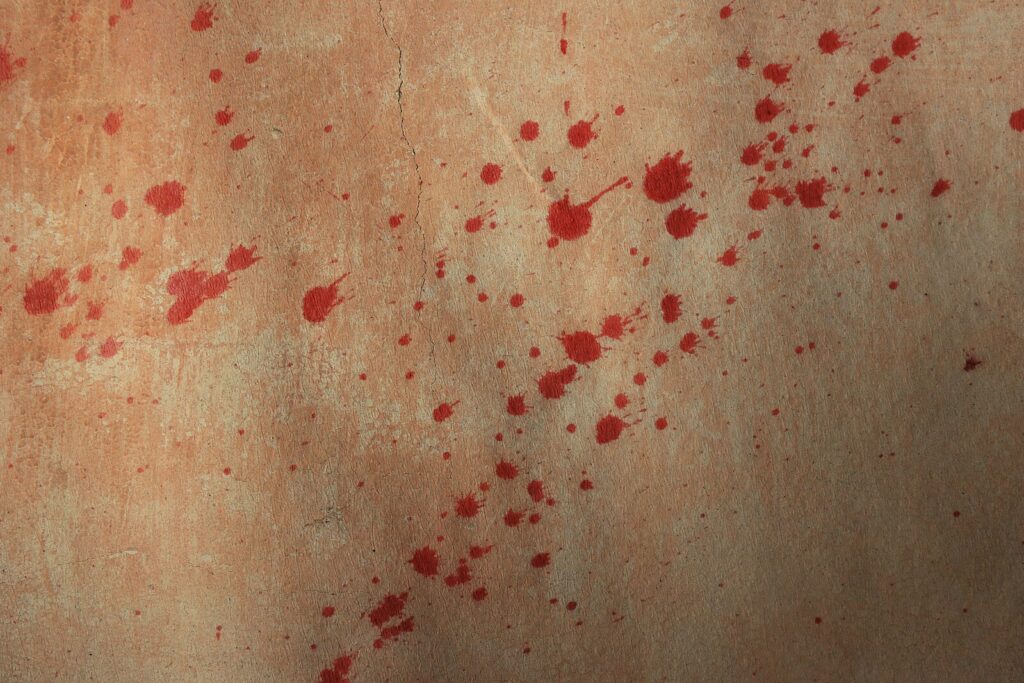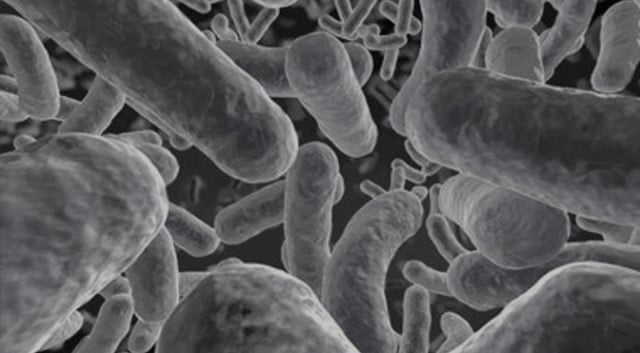Now Reading: Forensic Applications of Hair Analysis
-
01
Forensic Applications of Hair Analysis
Forensic Applications of Hair Analysis
Hair
A hair is outlined as a slender, thread-like outgrowth from a follicle within the skin of mammals. Composed of albuminoid it has 3 morphological regions- the cuticle, medulla, and cortex. A hair full-grown from the papilla and aside from that time of generation is created from dead cells. It consists of a shaft that comes on top of the skin, and a root that’s embedded within the skin. Its basic parts are keratin(a protein), melanin(a pigment), and trace quantities of metallic (gold) components. The elements are deposited within the hair throughout its growth associated/or absorbed by the hair from external surroundings. After a period of growth, the hair remains within the vesicle during a telogen phase(resting phase) to eventually be sloughed from the body.
Hair as evidence
“Hair is considered as class evidence and can be useful in backing up other circumstantial evidence” (Alina, 2014). The unique characteristics of hair, make it extremely useful in certain scenarios where the use of other biological specimens would be unusable. The hair is additionally immune to decay comparing other body fluids therefore it remains intact for a longer time than other proofs thus it is a priceless aid to forensic scientists. It is a comprehensible supply of trace evidence as it has the foremost likelihood to found on crime scenes as it is usually shed and simply transferred from one person to another or garments, sheets, on the floor, carpets. Hair is used as evidence as it helps the forensic scientists to determine the age, gender, the racial origin of the person as well as the location of the body part the hair has come from and can also be used to extract DNA. It is remarkably useful in violent crimes that involve physical contact such as sexual offense, abuse, violence, homicidal.
Hair analysis and its forensic applications
Hair analysis is referred to as chemical analysis (hair mineral & hair drug testing), microscopical, comparative analysis of a hair sample. The morphological examination should always be considered as the first step of forensic hair comparison which has two phases macroscopic and microscopic examination.
Macroscopic examination
In the macroscopic examination, specimens are observed with the naked eye with a stereomicroscope at a low magnification to note characteristics such as color, length, and degree of curl. It is done by both reflected and transmitted light. This is mainly used for the preliminary examination of questioned samples against known samples. It helps to narrow down the samples from consideration. For example, if the questioned hair is brown, all knowns that are not brown can immediately be eliminated from consideration. For observation of external features, dry mounting is used. It helps to see the hair was forcibly removed, broken by burning or crushing, or unnaturally treated by coloring or bleaching, and additionally certain features of individual hairs establish the region of the body wherever it originated.
Microscopical analysis
In microscopic examinations, the specimens are observed with a compound or comparison microscope at medium and high magnification to get fine structural details. Wet mounting is used in the microscopic analysis as it reveals internal structure. Additional knowns can often be eliminated based upon observed microscopic features as shaft, pigment bodies, medulla, cortex, cortical fusi, ovoid bodies, cuticle, ends, leaving fewer specimens that require DNA analysis. With the help of the medullary index which is calculated from microscopic examination helps to identify whether it is an animal hair (MI >= 0.5) or human hair (MI < 0.33). So this is also useful for wildlife forensic investigation. The remaining fewer species go to DNA analysis which is used for individualization although it is not very promising as well as for mitochondrial DNA analysis that can determine the maternity of an individual. For sex determination of an individual, the root sheath of hair can be used based on Barr bodies to identify the female sex and the presence of fluorescent Y bodies to identify the male sex.
Hair mineral analysis
After microscopic analysis chemical analysis should be done which helps to assess the use of illegal drugs, heavy metal toxicity. Hair mineral analysis reveals mineral deficiencies and significant metal toxicity. Hair mineral analysis reveals and explains the causes of many health symptoms and illness, whose underlying causes are mostly associated with mineral imbalances, nutritionary deficiencies, serious metal toxicity but it is only a screening test and does not diagnose disease. A properly understood hair mineral analysis will reveal varied mineral imbalances that indicate an inclination for varied conditions. This analysis provides an image of the body chemistry of the owner of the suspected sample. Based on the toxicity and its effects forensic scientists can interpret if the suspect has some health problems or psychological disorders which help investigation officers for further investigation. This hair mineral analysis is controversial. “The key issue and debate surrounding hair testing and whether it’s accurate is really about whether the hair is washed or not. Detractors are not making this distinction. Hair mineral analysis is extremely accurate and valid as long as the hair is not washed by the lab, which washes away some minerals” (Asprey, 2015).
Hair drug testing analysis
After blood and urine, the third most fundamental used for drug testing in forensic toxicology is hair. Compared to other biological samples(blood, urine), hair provides a larger window for drug detection extended to weeks, months, or even years based on the length of the hair. Drugs get deposited in hair through blood circulation employing various mechanisms, after its administration. The deposited drug is much stable and can be detected after a long time as compared with other biological samples. The advantage of hair over blood, urine is obvious as its collection is almost non-invasive, easy to perform, and collected under the supervision of investigation officers and forensic scientists to prevent contamination or cross-contamination. Hair offers the possibility of building up drug addiction history or drug toxicity and also establishing patterns of long term exposure. Using sensitive analytical techniques, multiple or single-drug administration is determined by segmental analysis. Everything comes with pros & cons as this also has some cons in which one of the important con is false-positive results especially in situations where the one is exposed to, but does not actively consume.
Limitations and evidence in court
All hair analysis techniques have some flaws such as hair mineral analysis cannot pinpoint the source of contaminants that were detected. Hair as evidence is also not recognized as primary evidence although it helps to solve many cases but because in the past decades’ many cases happens in which the guilty was exonerated after years using post-conviction DNA analysis. The reliability of hair as evidence is still in debate and research.
Conclusion
A minute thread-like hair acts as evidence with the help of various hair analysis techniques that has some pros, cons, and limitations. There must be more requirements of precise techniques and proper research which further help the hair evidence to place as strong evidence in the court of law.
References:
Alina Bendek. (2014, August 25). Chapter 5: hair.
https://www.slideserve.com/bendek/chapter-5-hair
Morphology of human scalp hair. (2009, August 16)
https://makezine.com/laboratory-62-study-the-morphology/
Jasuja, O.P., Singh, H., Gorea, R.K., Aggarwal, O.P. (2004, January 1).
Determination of Sex from Hair.
https://www.researchgate.net/publication/236610021_Determination_of_Sex_from_Hair
Asprey, D. (2015, March 11). 13 Reasons To Get Your Hair Mineral Analysis Tested.
Dave Asprey Blog.
https://blog.daveasprey.com/hair-analysis-test/
Usman, M., Naseer, A., Baig, Y. et al. (2019, April 27 ). Forensic toxicological analysis of hair: review
https://doi.org/10.1186/s41935-019-0119-5
Barroso, M., Gallardo, E. (2013, December 17). Hair Analysis For Forensic Applications: is the future bright?.
https://doi.org/10.4155/bio.13.291








